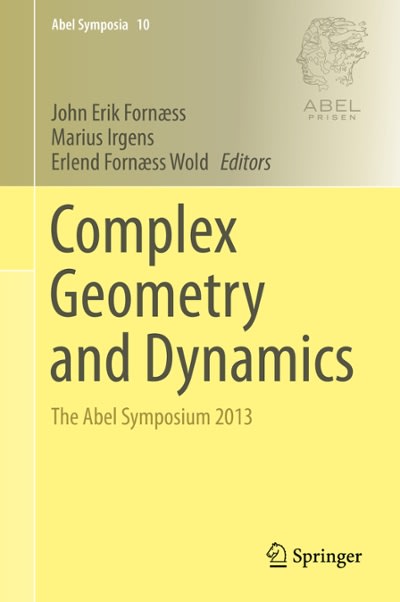1. The American Academy of Ophthalmology noted that observational studies (you don't need to read that link) consistently find that playing outside appears to cause children to have better eyesight. We are interested in this hypothesis. [Total: 28 points] Potential Outcomes (POs): Visual Acuity If did play outside If did not play outside Individual Treatment >10 hrs/week >10 hrs/week Effect (PO if in Treatment) (PO if in Control) Child 1 1.1 1.1 Child 2 0.1 0.6 Child 3 0.5 0.5 Child 4 0.9 0.9 Child 5 1.6 0.7 Child 6 2.0 2.0 Child 7 1.2 1.2 Child 8 0.7 0.7 Child 9 1.0 1.0 Child 10 1.1 1.1 Consider the following population of ten representative children whose visual acuity we can measure. (Visual acuity is the decimal version of the output of eye exams. For example, someone with 20/20 vision (considered "normal") has acuity 1.0, while someone with 20/40 vision has acuity 0.5, which is more poor vision. Numbers greater than 1.0 are possible for people with better than "normal" visual acuity.) a. What do Child 2's two potential outcomes mean in plain language? [2 points] b. Give the individual true treatment effect (that is, the true "impact" or "causal effect" of playing outside) for each of the ten children. We are thinking of the "Treatment" as playing outside, so consider the Treatment Group to be the children who did play outside > 10 hrs / week. [2 points] Notes: . This is only possible because we are working with hypothetical potential outcomes; we could never have this much information with real-world data. For the sake of illustration, we are assuming a meaningful cutoff around 10 hours/week. All that matters is whether a child played more or less than this amount, making the treatment a yeso variable. The notion of an average treatment effect generalizes to multiple treatments and to continuous treatments. C. For these children, what is the true average treatment effect (ATE) of playing outside? (Please show your work.) [5 points] d. Suppose we are able to do an experiment in which we can decide the amount of time that these children play outside (i.e., we can force them to play outside or not). We randomly assign the children to Treatment and Control group. Assume that by chance (that is, suppose this is random) the odd-numbered children are







